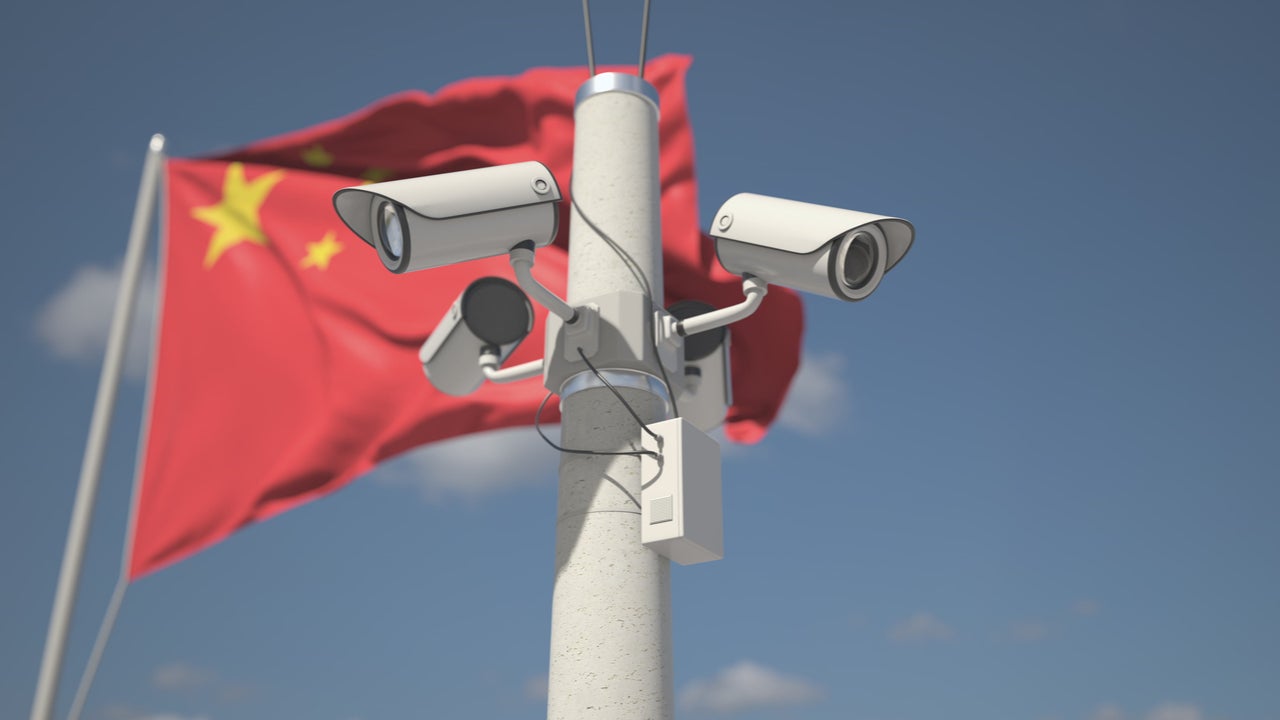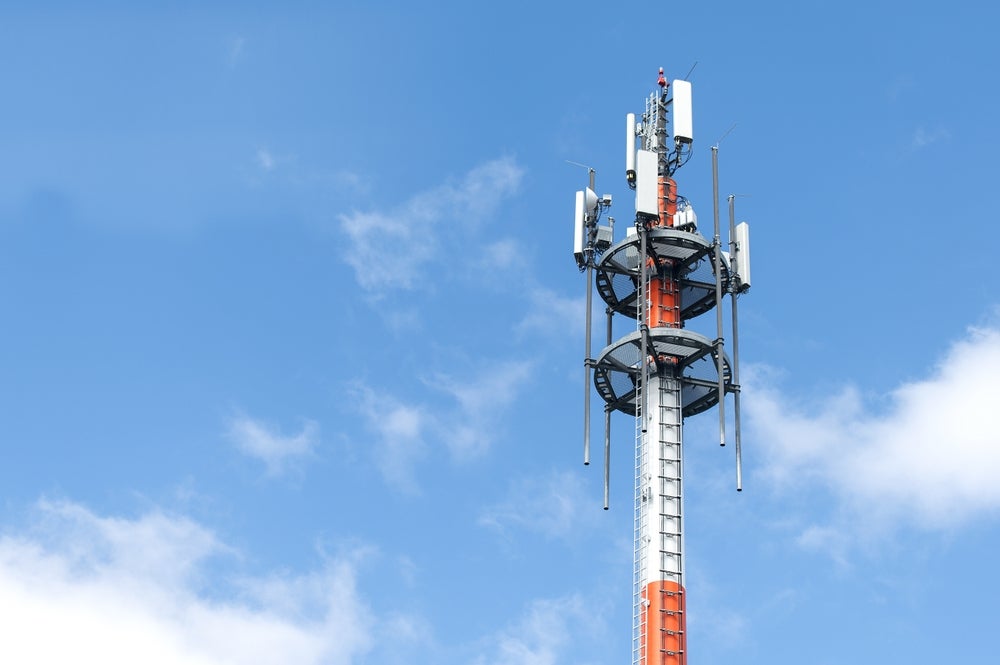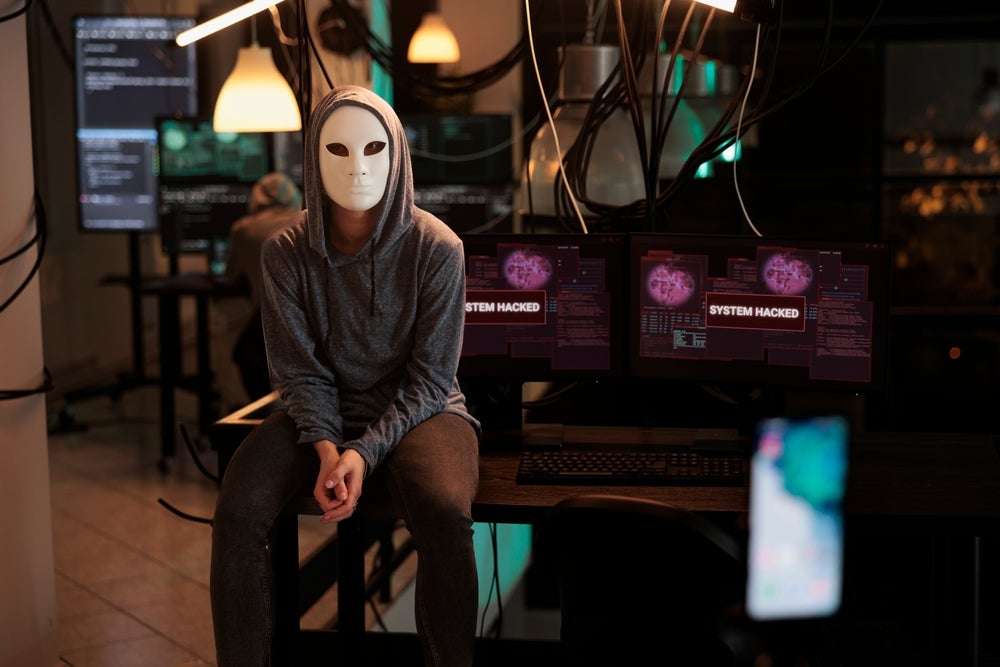
The municipal government of Shenzhen is discussing a law that would ban the usage of surveillance cameras in certain public areas. This would be the first region in China where such regulations would be implemented in a country where CCTV cameras and biometric recognition technology is widely used.
The latest version of the Draft Regulation on the Management of Public Safety Video Image Information Systems, released on Monday, gives a detailed list of location categories where surveillance cameras would or would not be allowed. For example, airports, subway stations, banks, museums and shopping malls are considered “important public spaces and facilities that involve public safety” and are required to install surveillance systems.
On the other hand, places such as hospitals, fitting rooms and public nursing homes are considered “facilities and areas that could infringe the privacy of citizens” and are therefore banned from installing CCTV cameras.
Furthermore, the draft law outlines that areas that fall outside the scope of all designated categories can only install surveillance systems to meet security needs.
The law, which was first outlined in draft form in March, aims to better regulate public surveillance whilst protecting the privacy and property rights of citizens, the statement said.
The draft regulation also proposes a list of policies to regulate the management of footage collected by surveillance equipment. For instance, groups or individuals responsible for maintaining the surveillance systems should not sell, modify, or spread the footage captured.
How well do you really know your competitors?
Access the most comprehensive Company Profiles on the market, powered by GlobalData. Save hours of research. Gain competitive edge.

Thank you!
Your download email will arrive shortly
Not ready to buy yet? Download a free sample
We are confident about the unique quality of our Company Profiles. However, we want you to make the most beneficial decision for your business, so we offer a free sample that you can download by submitting the below form
By GlobalDataWhen public authorities need to retrieve or copy specific surveillance footage for security purposes, there should always be more than two staff members in attendance and strict registration procedures should be followed.
If the law passes, Shenzhen will be the first region in China to introduce specific policies targeting the usage of CCTV cameras.
The main issue will be enforcement, explains GlobalData analyst and China specialist Michael Orme.
“If it goes through, which is likely, it begs the question of how hard the authorities can and will follow up to enforce the ban and how enforceable it will be in any case,” Orme tells Verdict. “We have no way of knowing, for instance, whether a Zhejiang court order last November to remove the facial recognition data of a law professor visiting a Hangzhou safari park, was actually enforced.”
Monopoly on surveillance
The move comes amid a nationwide move towards stricter privacy regulations. Recently, the Chinese government introduced a new Data Security Law, which gives authorities unprecedented power to shut down tech companies that collect excessive data on customers.
In addition, Chinese authorities announced that they would implement a “centralised management system for spy cameras”, which ordered social media and ecommerce platforms to purge the usage and sale of hidden camera equipment.
Yet, ironically, Chinese cities are under the heaviest CCTV surveillance in the world. According to a recent study by Comparitech, 16 out of the top 20 most surveilled cities (based on the number of cameras per 1,000 people) are in China. Shenzhen was ranked number 18 on the list with 400,000 cameras for 12,591,696 people. That equals 31.77 cameras per 1,000 inhabitants.
Notably, in the western province of Xinjiang, the home of some 13 million Uighur Muslims, the proliferation of surveillance equipment is striking. According to Human Rights Watch, Beijing uses advanced technology to collect and analyse information gathered about the minority group.
Reportedly, authorities track, monitor and profile citizens in the area using artificial intelligence (AI), including facial and number plate recognition, connected to the vast network of surveillance cameras.







